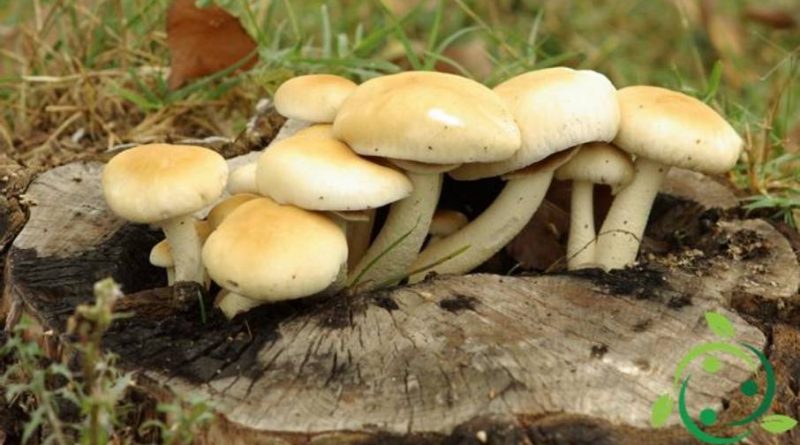How to grow Pioppino
How to grow Pioppino
The pioppino, or piopparello (Cyclocybe aegerita (V. Brig.) Vizzini), is one of the most tasty, fragrant and appreciated edible mushrooms. It is a saprophyte species that lends itself very well to artificial cultivation, on hardwoods (eg poplar or elderberry), partially buried and humid. This fungus that grows on rotting logs (but also alive until the final attack of the fungus) of many deciduous trees, especially poplar, elm, elder or willow, in mild and humid weather, from spring to late autumn.
For its flexibility to cultivation, in this sheet we will explain how to grow the Pioppino. In fact you can also create a small cultivation of these mushrooms in a small garden. To do this, you need a space of one square meter, shaded and sheltered from the wind. Leaving aside productions for commercial purposes that meet very different criteria, for a “homemade” production the first step is to obtain a large trunk of Poplar, Olmo or Willow. At this point it is better that the piece of wood is rich in cuts and inlets because it is precisely in these spaces that Pioppino will be reproduced.
At this point we need to fix the Pioppo piece (or Olmo or Salice but also Sambuco) in a stable way, where it can keep humidity and be sheltered from the winds, but exposed to light (in fact, even if there is no scientific evidence it would seem that in the dark the pioppino produces toxins, so better to avoid). If you are in a place frequented by animals, surround it with the net. Wet the surface abundantly to make the pioppino grow, preferably using spring water or rainwater. Once the surface is impregnated with water, you must equip yourself with the mother matter, that is, fresh Pioppini mushrooms that you can buy on the market or from spontaneous collection, placing the pioppini in various pieces, in the inlets of the trunk. To wait for the growth of the first Pioppini (if you have followed the suggestions) and the climatic conditions of humidity and heat have been adjusted, you have to wait a couple of seasons, after which the process goes without saying. The only precaution that you have to respect once the production has started is to collect the biggest ones, allowing the little ones to grow without depleting the colonies. Another suggestion is to give back to your small ecosystem the remains of mushrooms that you will eat: the released spores will guarantee the continuity and regeneration of the fungus. Another essential suggestion is not to flood the surrounding soil as an excess of water can completely inhibit the formation of carpophores.
Furthermore a consideration of an opinionistic nature but not demonstrated; according to some the specimens that develop on Elder wood are the most tasty. Seeing is believing.

